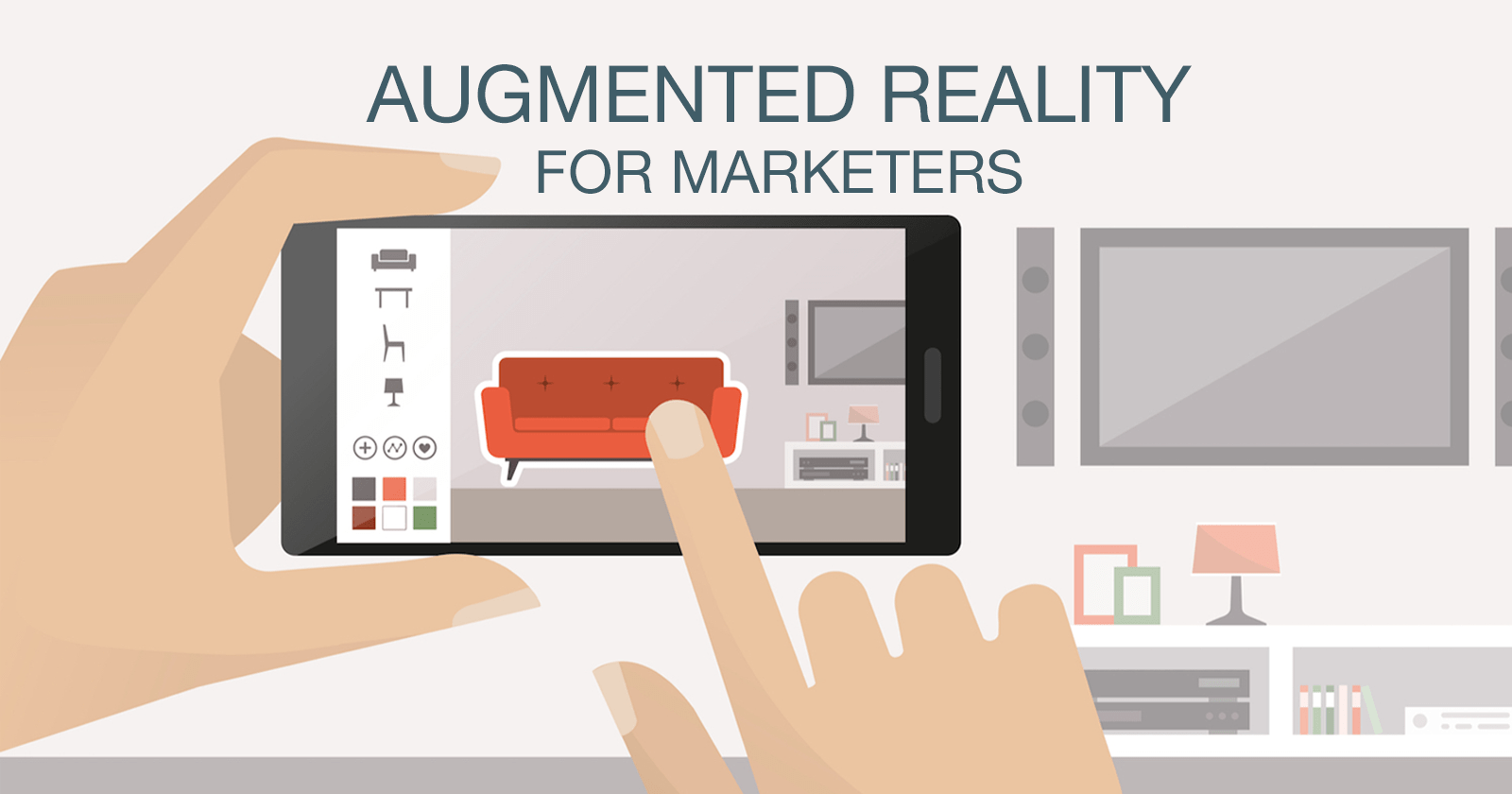The Rise of Augmented Reality Marketing: Moving Beyond Science Fiction
Augmented reality (AR) has transitioned from science fiction to mainstream reality, with most smartphone cameras now capable of accessing AR technology. Brands have taken notice of this trend, with Deloitte reporting that nearly 90 percent of companies with annual revenues between $100 million to $1 billion are utilizing AR or VR technology. Even smaller firms are jumping on the AR bandwagon, with a Purch poll revealing that 10 percent of marketers currently use AR, and 72 percent are planning to incorporate it in the near future.
AR is not just a tool for entertainment; it has proven to be a powerful marketing channel and brand differentiator. Tony Effik, CSO at Publicis Modem, highlights the potential of AR to provide consumers with engaging experiences that they will share with their friends.
However, it’s essential for brands to understand that simply developing AR for the sake of having the technology or to appear innovative can backfire. AR experiences must provide meaningful interactions, play an authentic role in communications, and serve as a gateway to a new level of brand engagement.
Ineffective AR marketing examples include brands that project virtual objects onto real-world environments without enhancing the overall experience. These gimmicky approaches may initially attract attention but lack long-term impact and fail to provide added value to users.
On the other hand, effective AR marketing strategies focus on gamification, experiential marketing, virtual try-on experiences, product visualization, storytelling, and user attention. Brands like IKEA, Wayfair, and Target have successfully integrated AR into their marketing efforts to enhance the customer experience and drive engagement.
To get started with AR marketing, brands can leverage tools like Apple’s ARKit, Google’s ARCore, and Facebook’s AR Studio to develop AR experiences for websites, banner ads, social networks, and more. By understanding the potential of AR to enhance user experiences and staying ahead of the curve in AR development, brands can create compelling AR marketing campaigns that resonate with consumers.
As AR technology continues to evolve and become more accessible, now is the time for brands to establish their AR marketing strategies and explore the possibilities of enhancing the world through augmented reality.
